|
When the cherry trees bloom, spring in Washington, DC, is magical — transforming into a fairy tale setting of historical monuments framed with delicate pink and white blossoms. It is a place where a soft breeze can send petals floating through the air, almost like a springtime version of snow.
The National Cherry Blossom Festival was started in 1935 to commemorate the 1912 gift of 3,020 cherry trees from Japan to Washington, DC, as an international gesture of friendship. The festival now spans four weeks. While the cherry blossoms are the festival's star feature, it includes a parade, street food, entertainment, and many events throughout the month. The Yoshino cherry trees are the most celebrated cherry trees of the festival, and it is their peak bloom that most visitors wish to experience. Even though there are a dozen cherry tree varieties in Washington, they do not all bloom simultaneously. Still, the blooming season coincides with almost the entire festival. So no matter when you arrive, it's guaranteed you'll see some cherry blossoms. Without traveling to Japan, this is one of few places on Earth where you can experience the Japanese custom of Hanami or watching blossoms. More than 1.5 million visitors travel to our nation's capital annually to celebrate this occasion. Understanding Hanami
To understand the Japanese custom of Hanami, or watching blossoms, is to comprehend the magnitude of the gift we have been given.
In Japanese, the word for cherry blossom is sakura. In ancient times, sakura symbolized relaxation, which was considered a complete breach of etiquette in Japanese society. Today, the cherry blossom are the symbolic flower of spring, signaling for the Japanese a time of renewal, and a fresh start. For this reason, in a culture steeped in symbolism, April is the beginning of Japan's fiscal year and the school year.
They celebrate the season of the sakura by throwing parties under the cherry blossoms. It's a time to bond with old friends and family and to make new friends. To eat, drink and be merry before the beginning of the new year.
The life of the sakura is very short, and for the Japanese, it's a reminder of how fleeting life can be. Approximately two weeks after their beauty peaks, the blooms fall from the cherry trees, and life goes as before. So much more than just a gift of trees, Hanami is a lovely tradition the Japanese people shared with us! The History Behind the Gift
In 1885, Washington DC socialite and travel writer Eliza Ruhamah Scidmore returned home from Japan, utterly smitten with Japan's flowering cherry trees. She gushed over the experience, writing,
"The blooming cherry tree is the most ideally, wonderfully beautiful tree that nature has to show, and its short-lived glory makes the enjoyment the keener and more poignant."
Credited as the visionary behind Washington's cherry blossoms, Scidmore first proposed planting the trees at the Tidal Basin to the U.S. Army superintendent in charge of the new Tidal Basin park, but she was promptly rejected. At the time, the parkland, recently reclaimed from the Potomac River mud flats, was barren.
Scidmore was tenacious, to say the least. For 24 years, Eliza continued presenting her proposal to every new superintendent, receiving nothing but rejection each time. She later wrote in a 1910 magazine article about her efforts, "Amiable Army officers lent a weary ear to the tale of the Japanese cherry blossom and the future fairyland, but none grew excited or was convinced."
Like her, Fairchild envisioned a "field of cherries" around the Tidal Basin, so the pair joined forces.
In 1909, Eliza, who had briefly met first lady Helen "Nellie" Herron Taft in Japan, wrote to her outlining her plan to purchase cherry trees for the nation's capital. A response came just two days later. The first lady loved the idea and wrote back that she had taken the matter up and had already been promised the trees. Nellie had traveled to the Philippines in 1901 with her husband, now President William Howard Taft, who was Governor General of the Philippines at the time. While there, she visited the Lunete river park in Manila. Every evening, Manila's elite would stroll the tree-lined promenades and visit the beautiful gardens and bandshell. Nellie had remembered this iconic location carrying the memory with her all these years. She viewed the tidal flats as a potential site to develop a similar space for the American people.
Celebrated Japanese chemist Jokichi Takamine, who achieved fame by discovering the existence of adrenaline, was in Washington when the First Lady's plans were made public. Knowing that his country was working to strengthen ties with the United States, Takamine immediately notified the Japanese consul in New York. Then, relaying the news, he proposed that Japan gift the United States 2,000 cherry trees as a goodwill gesture between the two nations.
As one of Japan's most cherished treasures, it was a generous offer, and the first lady immediately accepted. Sadly, when that 1908 shipment of cherry trees arrived at the Seattle port, the Department of Agriculture discovered they were diseased and infested with insects and parasitic worms. President Taft regretfully gave his consent to destroy the saplings. It is said they resembled a giant funeral pyre when heaped up and set ablaze.
After the cherry tree fiasco, diplomatic relations between the United States and Japan became even more tense. The Secretary of State and the Japanese Ambassador met to formulate a new plan to ease tensions between the two countries. They decided that Japan would send a second shipment of trees to the US. They would be grown in a controlled environment to guarantee they were disease free. Japan decided to increase the quantity to 3,020 cherry trees, providing a mixture of a dozen varieties.
In 1912 when the second shipment arrived, the trees were perfect. They came with a personal letter addressed to the First Lady from the Mayoress of Tokyo. Yei Theodora Ozaki wrote that her husband, The Mayor of Tokyo, “hopes the trees will form an avenue in Washington as a memorial of national friendship between the US and Japan.”
It was her special wish that the trees would serve as a visual reminder of Japanese devotion and admiration.
Unfortunately, no photographs were taken to capture this momentous occasion. It took the rest of the decade for the entire shipment to be planted.
Some chained themselves to the cherry trees while others yanked shovels from the worker's hands, using them to replace the dirt dug out from around the trees. Finally, one of the chained protestors cried in distress, "This is the worst desecration of beauty in the capital since the burning of the White House by the British," which happened during the War of 1812.
President Roosevelt, who could hear the protest from the White House, arrived on the scene declaring the trees would be transplanted, not destroyed. He commented that newspaper reporters had enraged the public with false reports of the destruction of the cherry tree. It was "one of the most interesting cases of newspaper flimflam" he had encountered. Then, attempting to cool tempers and make light of the protest, Roosevelt joked that if the women didn't leave the construction site, they, along with the trees, would be gently but firmly transplanted to another section of Potomac Park! FDR would later refer to this incident as the "Cherry Tree Rebellion."
The cherry trees were uprooted after dark to avoid any other disturbances. Understanding Peak Bloom for Trip Planning
Being my first visit, I was worried about hotel reservations filling up. I discovered that everyone waits until the last minute to make their plans hoping to hit peak bloom. The moment peak bloom is called, rooms start booking rapidly, so there's a fine line between holding out as long as possible and waiting too long.
Peak bloom varies every year depending on the weather conditions. On average, peak bloom falls between the last week in March and the first week in April. But that isn't even a safe assumption. The earliest peak bloom on record was March 15, 1990, and the latest was April 18, 1958, so it's imperative to keep a close eye on the forecast.
About two weeks before the earliest estimate, I checked the sites daily. I discovered the peak bloom announcement on the National Mall and Memorial Parks Facebook page long before the NPS updated its website.
If you cannot wait until the last minute to make your reservations, try to hold out until at least 7 to 10 days before the peak bloom estimate. The forecast starts getting reasonably accurate at this point. It will guarantee that even if you don't hit the day of peak bloom, there will still be plenty of flowers for an incredible experience. Peak bloom is when 70% of the Yoshino Cherry Tree blossoms around the Tidal Basin are open. Everything I have read says the 2 to 3 days after peak bloom is usually the two prettiest days of the season. After that, the blossoms will typically last 4-7 days before they start falling. Still, if the conditions are right, meaning no heavy rains or wind, they can hang around for as long as ten days before transitioning to their final spring phase, developing green leaves. Just to give you an idea from my images. In 2023, when I visited, peak bloom was called on Thursday, March 23, and I was at the Tidal Basin on the third day after peak. There are twelve different varieties of cherry trees which all have slightly different blooming seasons. Yoshino and Kwanzan are the two most common varieties in Washington, DC. The Kwanzan cherry trees are primarily located in East Potomac Park and come into bloom about two weeks after the Yoshino. The earliest bloomers are the Japanese Weeping Cherrys which bloom about a week before the Yoshino. If you happen to be too early for the Yoshino cherry blossoms, head over to the Smithsonian Garden behind the Castle since the saucer magnolias should be in bloom. Getting Around the National Mall
For getting around the National Mall area, you really can't beat the DC Circulator bus. I've linked the Circulator Map and Information Guide, so be sure to download and print it out before you leave. At only $1 per person per trip, it's the best deal you'll find for transportation! Just be sure to have exact change for the fare or a metro card.
Not every image makes it into my blog. If you enjoyed the images in this article, please check out my Washington, DC Collection, or visit my Gallery for over 3000 images of locations from around the United States.
About the Photographer
4 Comments
4/5/2023 12:31:03 pm
Excellent post about the Cherry Blossom Festival. I loved reading about the history. Your photos are beautiful, too!
Reply
4/5/2023 02:02:38 pm
Sharon, thanks so much for taking the time to leave a comment. I appreciate it! So glad you enjoyed my article about the festival. Thanks again!
Reply
4/8/2023 01:57:16 pm
Fantastic post, with lots of info and wonderful photos
Reply
4/10/2023 11:41:32 am
Tatiana, thanks so much! I'm happy you enjoyed my post and appreciate you taking the time to leave me a note!
Reply
Your comment will be posted after it is approved.
Leave a Reply. |
AuthorI am the 8th photographer in 4 generations of my family. Back in 2006, my husband accepted a job traveling, and I jumped at the chance to go with him. Categories
All
Archives
June 2024
This website uses marketing and tracking technologies. Opting out of this will opt you out of all cookies, except for those needed to run the website. Note that some products may not work as well without tracking cookies. Opt Out of Cookies |
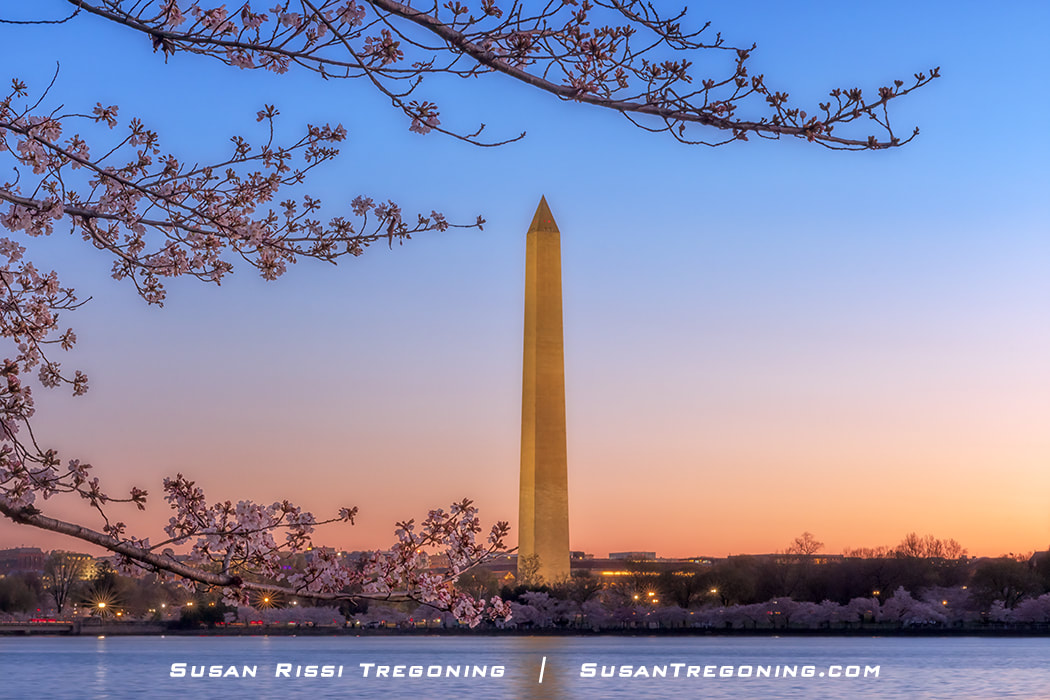
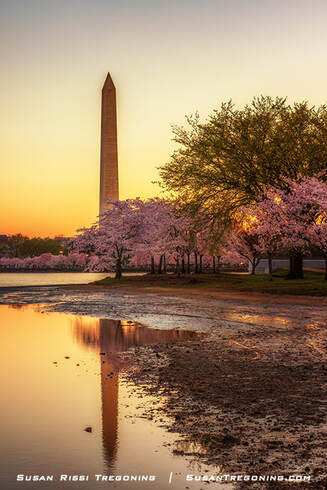



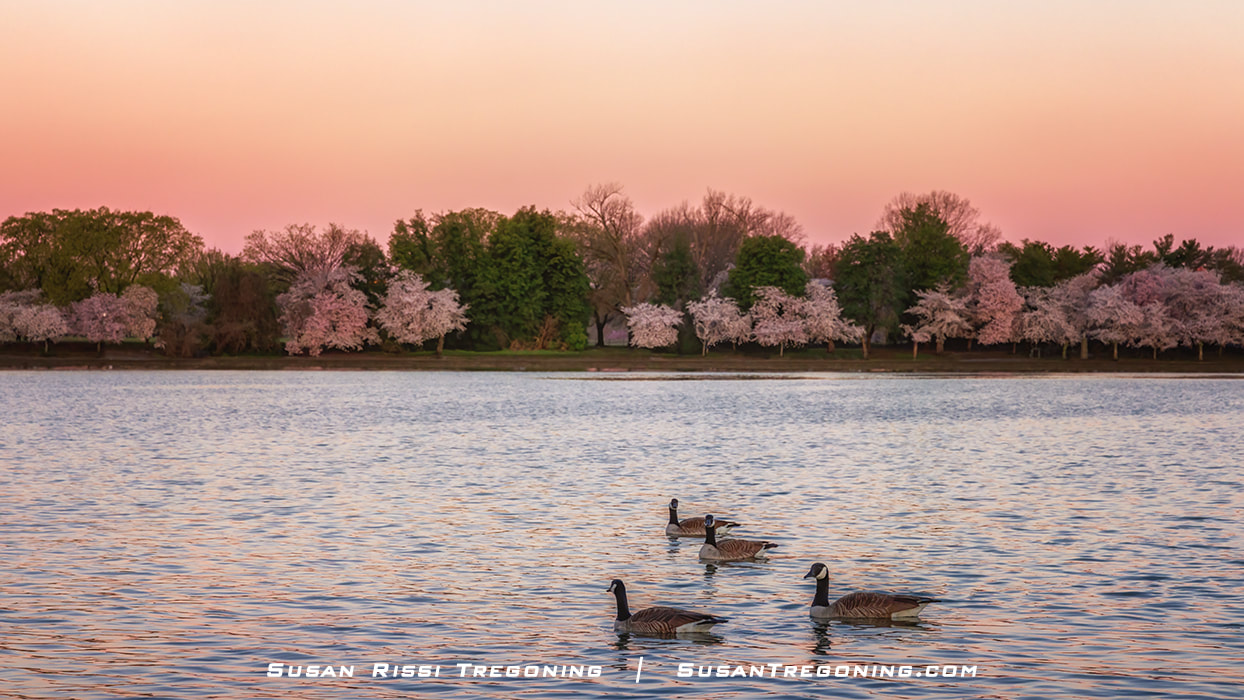

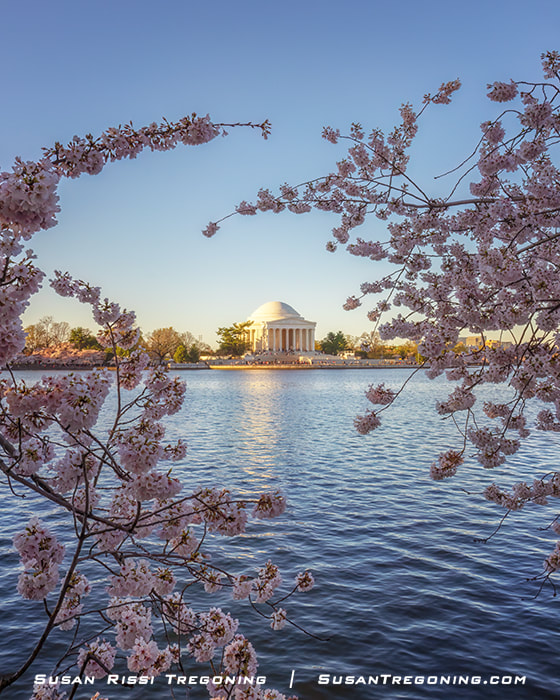



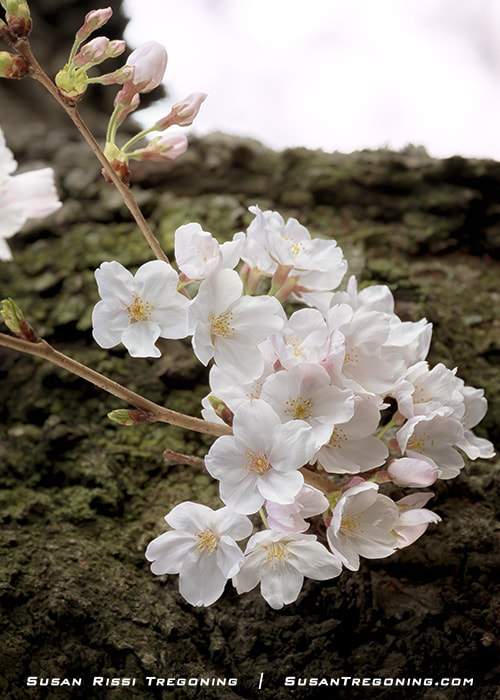

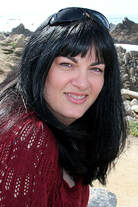

 RSS Feed
RSS Feed